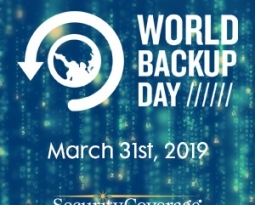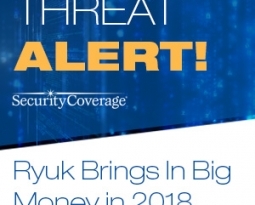Whether you’re an IdentityForce member or not, here are some immediate steps you can take, also featured on our blog.
1. Lock down the problem account.
Contact the financial institution, dispute the charges, and ask to lock or close the account.
2. Sign up for a credit monitoring service if it’s available to you.
If your information was part of a data breach, there’s a one in three chance that your identity has been stolen. Carefully read the data breach alert. If it offers free credit monitoring, sign up.
3. Read credit card and bank statements to look for other unauthorized charges.
Don’t forget to review active, dormant, and infrequently used accounts . If you see anything amiss, contact your financial institution and close your account immediately.
4. Request a credit report from all three major reporting agencies.
To assess whether you’re a victim of credit fraud or identity theft, request all three types of credit reports at the official site, AnnualCreditReport.com. Use the reports to look for any mystery accounts you don’t recognize. And remember, by law, you’re entitled to at least one free credit report from each agency per year. Here’s why you should avoid getting your credit reports from other websites.
5. Contact the Federal Trade Commission.
For credit card fraud, in which only a single account was compromised, an FTC report isn’t warranted. To file a report for a stolen identity, visit FTCComplaintAssistant.gov or call 1-877-ID-THEFT (438-4338).
6. Call your local police department to file a report.
It’s crucial to file a local police report because once it’s on record, you’re protected against other fraudulent claims. You’re also creating a paper trail to show that you’re proactively addressing the problem. Even if the police can’t investigate the crime or catch criminals online and overseas, your report could help them track down local culprits.
7. Request fraud alerts from all three major credit report bureaus.
Fraud alerts notify any institution that pulls your credit report that your identity may be compromised. Alerts also prompt creditors to take an extra step to verify the identity of the person opening the account. Initially, a fraud alert lasts 90 days, but if you have proof that you are a victim of identity theft, the credit bureaus can extend it up to seven years. You can remove this at any time with a written request.
For an added layer of protection, you can initiate a credit freeze, which completely cuts off access to your credit report. That means the credit bureaus won’t share your report with anyone who requests it. A credit freeze can help prevent criminals from opening accounts in your name, but it can also make it difficult for you to get loans and credit card approval. A freeze is usually free to victims of identity theft, but others may have to pay a fee.
8. Implement the following preventative security measures.
* Create strong passwords & regularly change them.
* Shred documents with personal information when disposing them.
* Keep personal information (i.e. address, phone number, etc.) off social media sites, as well as any details you use for online security questions, like your mother’s maiden name.
* Avoid carrying your Social Security card in your wallet.
Read more about how you can control your odds of identity theft here.






